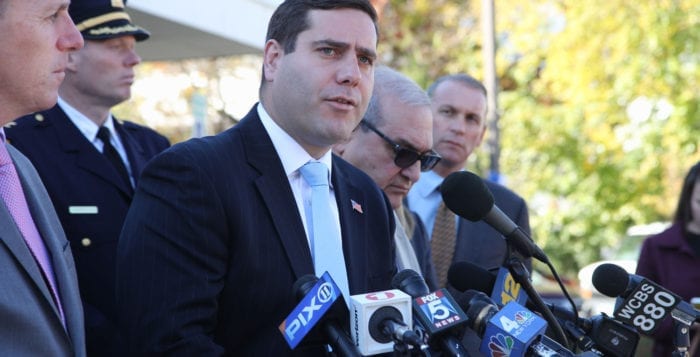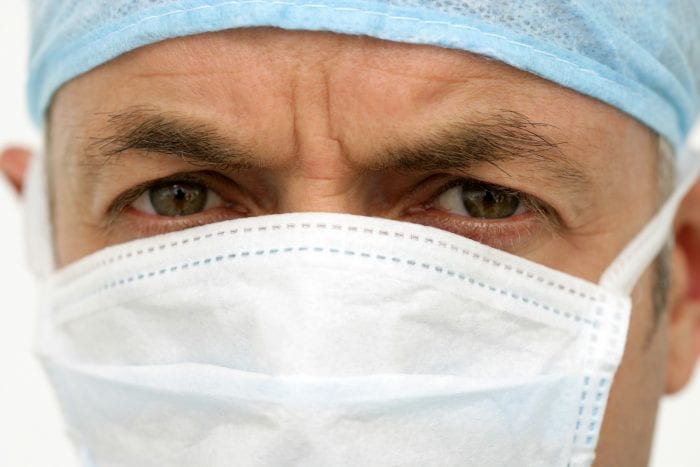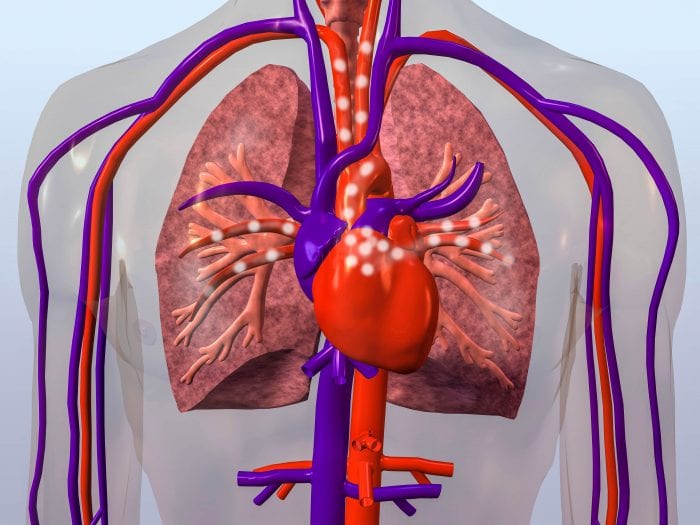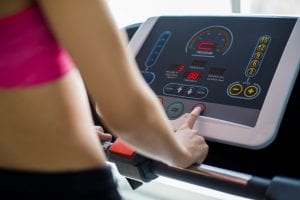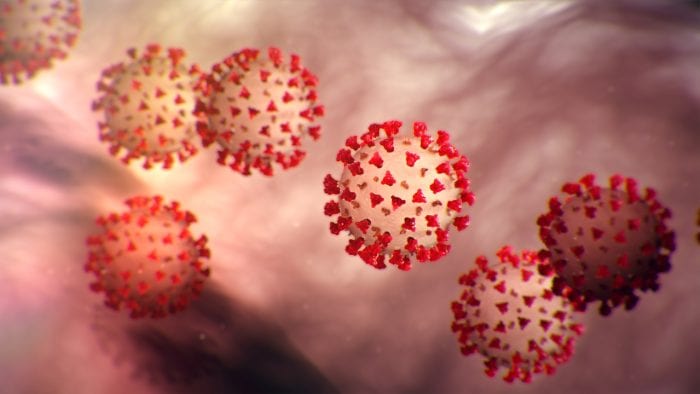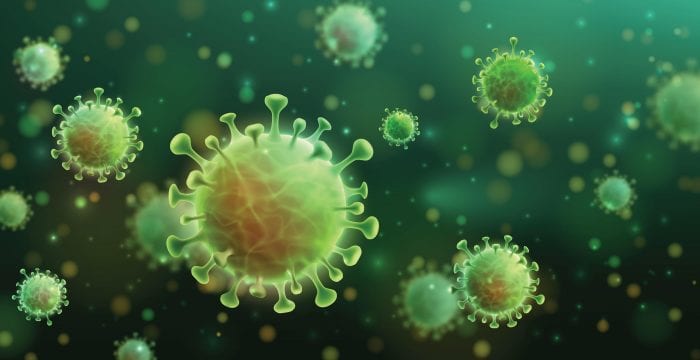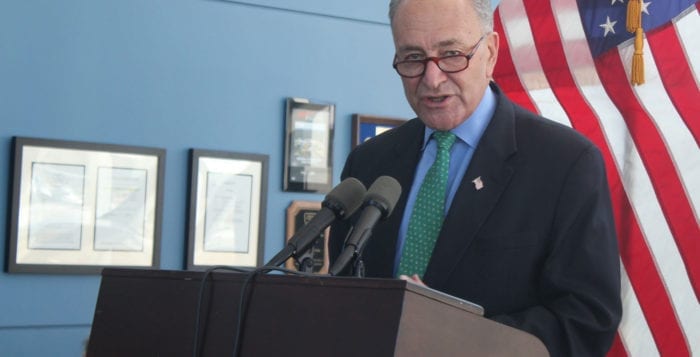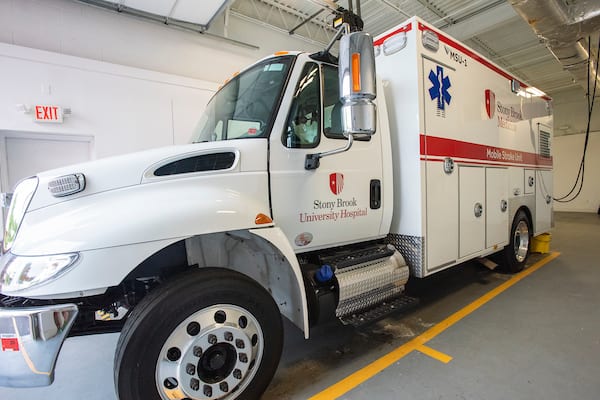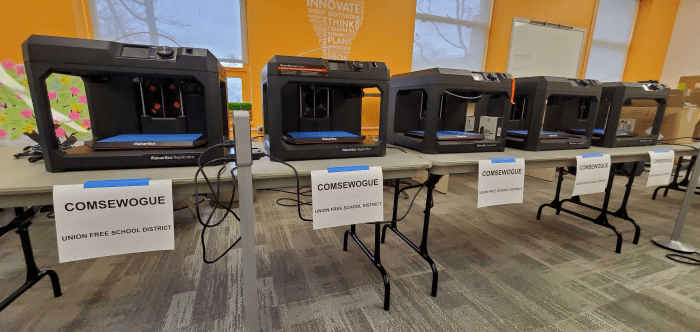By Leah Chiappino
Suffolk County District Attorney Tim Sini (D) hosted a Town Hall Meeting via Zoom on Thursday, with over 300 constituents in attendance.
Sini first took a moment to acknowledge the difficulties the pandemic is having on people’s mental health and offered condolences to those who know someone who has lost their life to the virus.
“This is more than an inconvenience and will have a long-term impact on mental health, especially with those who have pre-existing conditions and substance abuse disorders,” he said.
The District Attorney, who himself tested positive for COVID-19 March 24, says he has made a full recovery after self-isolating for two weeks, while experiencing mild symptoms such as the loss of smell and taste. He added his diagnosis was not surprising, given the high contact nature of his position
“As of March 16, I was still in court, and doing community outreach and public engagement,” he said. “I am definitely one of the lucky ones.”
Sini is participating in an antibody testing program at Stony Brook Hospital to see if his blood plasma can be found with antibodies for the virus. He encouraged other survivors of the virus to do the same.
Sini reported that violent crime has seen a 24.3 percent reduction, and most other major crimes are down with the exception of commercial burglaries and motor vehicle theft. He says the rise commercial burglaries makes sense, as businesses are shut down and people are taking advantage. His office is coming up with a strategy to address the increase in the coming weeks. However, since March 23, 130 out of 188 handcuffed arrests have been the result of a domestic or child abuse crime.
“We recognize this challenge and we’ll come up with strategies to combat it,” Sini said. He added that prosecutors and victims advocates are mean to get in contact with those who have reported a domestic crime. They are also in coordination with safe shelters for domestic violence victims, most of whom are running and working with hotels if needed. The county has also granted an automatic extension on orders of protection until a victim’s next court date, or until a judge changes it. Victims can text 911 for help or call 631-853-4138 to obtain an order of protection.
The district attorney’s office is assisting enforcement of social distancing guidelines, as part of New York State on PAUSE executive order, made effective March 22. Sini said they would prosecute those who don’t heed warnings by Suffolk County Police, code enforcement officers or village Police, with charges of obstruction of governmental administration and/or disorderly conduct.
“If someone needs to be taught a lesson or made an example of, we’re willing to do that,” he said.
Throughout the call, Sini reassured the DA’s Office will continue operate at its fullest capacity
“We are getting things done,” he said. “You have enough to worry about, whether it be health, homeschooling your children, or finances. One thing you do not have to worry about is whether or not the DA’s office is keeping you safe.”
Sini said his office is continuing to invest in technology and update their protocol to ensure employees can work from home effectively. As of March 16, 80 percent of employees at the DA’s office was working from home, and the entire staff was working from home as of March 17. Suffolk County was the first County in New York state to allow essential hearings and arraignments to be done via Skype, with the necessary paperwork being shared via email.
Sini added the office is taking the time to invest in professional development and zoom-based training. 115 employees have taken Spanish language classes. The bureau is also reviewing strategy, policy development and long-term planning.
According to the district attorney, The Financial and Money-Laundering Bureau is aggressively vetting Personal Protective Equipment suppliers to the county to ensure there are no scams. The county has obtained and distributed 2.2 million pieces of PPE to healthcare workers. Justin Meyers, Sini’s Chief of Staff, is acting as a liaison to the county executive, as well as to hospitals working on expansion and coordinating the implementation of mobile testing sites and PPE Distribution.

